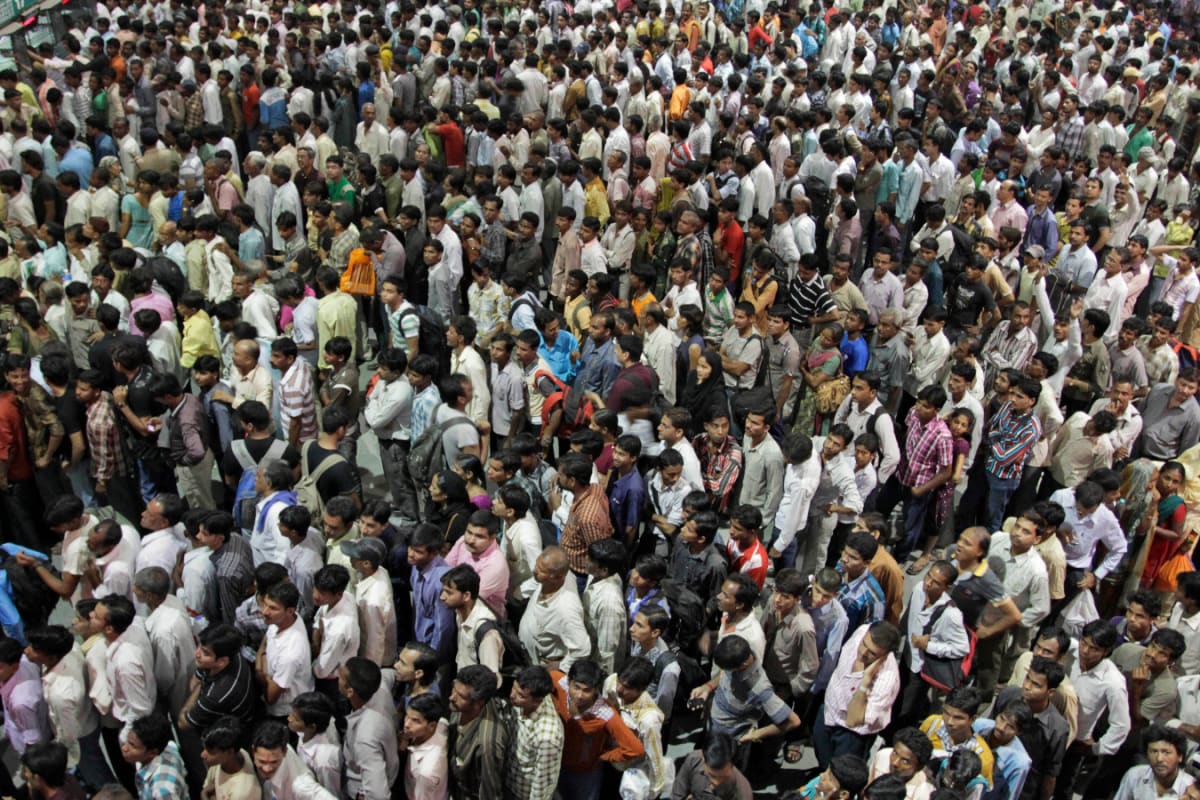

India is gearing up for Census 2027, an exercise that promises to be a game-changer in how the nation collects, processes, and releases population data. After a significant delay due to the COVID-19 pandemic, the government is determined to leverage technology to complete the census and release the final population data within an ambitious nine-month timeframe. This marks a significant departure from previous censuses, where data processing and publication often took several years.
The key to this accelerated timeline lies in the extensive use of digital technology. For the first time, census data will be collected digitally through mobile applications. These apps, designed to be user-friendly for both enumerators and citizens, will be available in 16 languages, including Hindi, English, and 14 regional languages. This will also offer citizens the option to self-enumerate. Enumerators will no longer need to carry bulky paper schedules into the field.
The mobile apps are designed with pre-coded responses and dropdown menus, streamlining the data collection process and reducing the potential for manual errors. These apps also provide a facility to access and edit pre-filled census house records. The use of Intelligent Character Recognition (ICR) technology will further expedite data processing. ICR is typically used to organize unstructured data, and will enable instant data readiness, eliminating the extra logistical steps associated with traditional paper schedules. The burden of preparing abstracts, summaries, and duplication of associated work will be significantly reduced.
To manage and monitor this massive digital operation, the Office of the Registrar General of India has developed a Census Management and Monitoring System (CMMS) portal. This portal will play a crucial role in tracking progress across all stages of the census, ensuring efficient coordination and timely completion.
Census 2027 will be conducted in two phases. The first phase, involving house listing, is scheduled for 2026. Following this, the population enumeration phase will take place in February 2027, with a reference date of March 1, 2027, for most of the country. However, for the Union Territory of Ladakh and snow-bound areas of Jammu & Kashmir, Himachal Pradesh, and Uttarakhand, the reference date will be October 1, 2026, to account for weather and accessibility challenges. Approximately 3 million enumerators will be deployed across 2.4 million enumeration blocks, each covering around 800 people, to collect data from an estimated 330 million households, encompassing roughly 1.36 billion individuals.
Adding another layer of complexity, Census 2027 will include caste enumeration for the first time since 1931. This decision has sparked considerable debate, with proponents arguing that it is essential for targeted interventions to address inequalities and uplift marginalized communities. However, concerns have also been raised regarding data privacy, accuracy, and potential misuse. The mobile apps used for data collection will be tweaked to accommodate caste data collection.
The government intends to publish the notification regarding the census in the Official Gazette on June 16, 2025, under Section 3 of the Census Act, 1948. The digital approach, coupled with meticulous planning and technological advancements, aims to drastically reduce the time lag between data collection and the release of final population figures. Unlike Census 2011, where it took almost two years to publish the final population data at various levels, the government estimates that the complete data from Census 2027 could be available as early as the end of 2027. If successful, this will mark the fastest and most technologically advanced census in India's history, providing timely and accurate data for policy making, resource allocation, and overall governance.